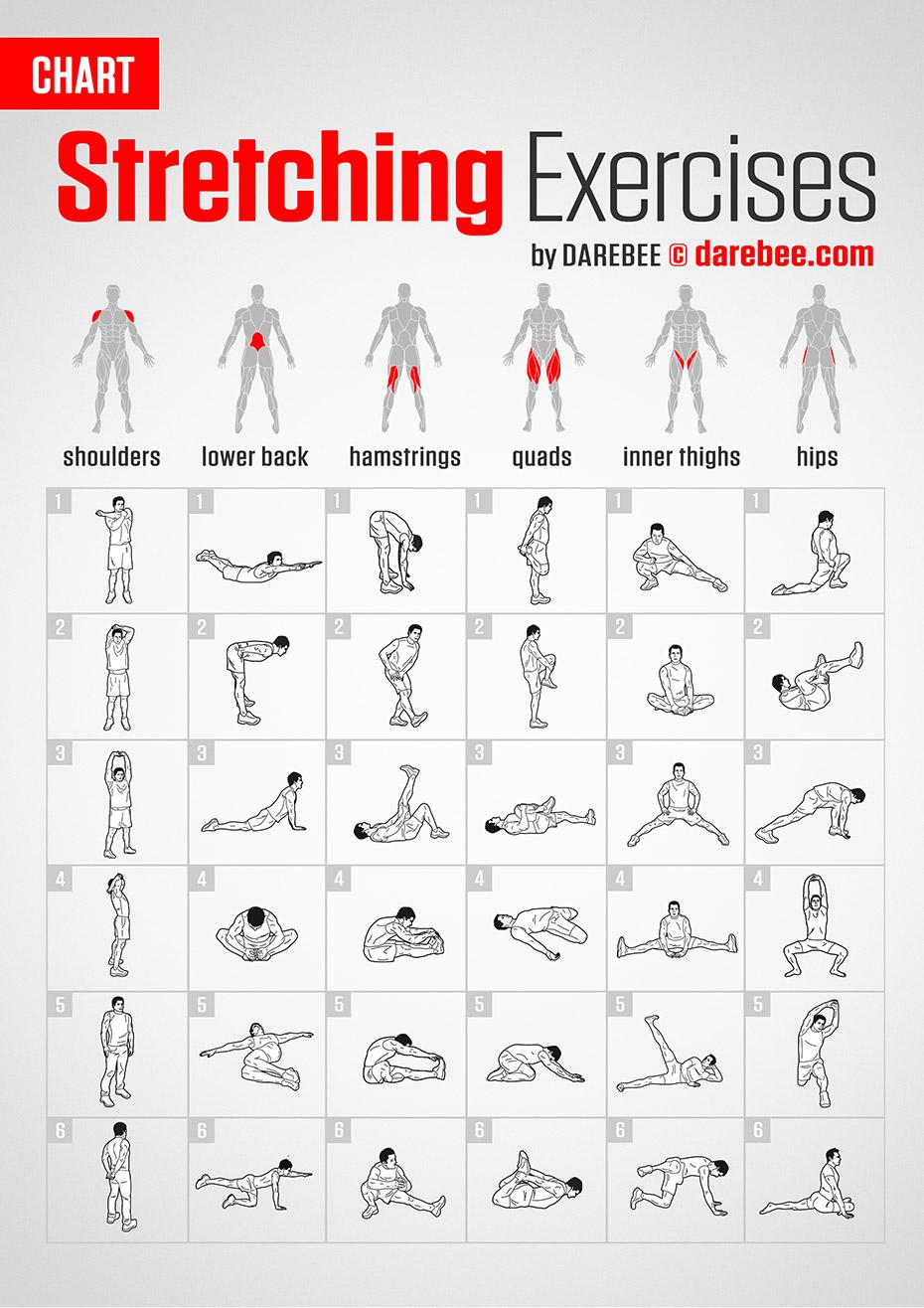In the realm of athletic prowess, where every second counts and each movement is meticulously calculated, the pursuit of peak performance is a relentless journey. Athletes, whether seasoned professionals or passionate amateurs, continuously seek that elusive edge, often turning to the ancient practice of stretching as a potential ally. But does stretching truly enhance athletic performance directly, or is it merely a ritualistic prelude to the main event? This question has sparked vigorous debate among coaches, athletes, and sports scientists alike, each armed with studies, anecdotes, and personal philosophies. In this exploration, we delve into the intricate relationship between stretching and athletic achievement, unraveling myths, examining scientific evidence, and considering the perspectives of those who push the boundaries of human capability. Join us as we stretch the limits of understanding and flexibility in the quest to discern the true impact of stretching on athletic performance.
Exploring the Science Behind Stretching and Performance
In the realm of athletic performance, the role of stretching has long been debated among coaches, athletes, and scientists alike. While many advocate for a pre-game or pre-training stretch routine, the science presents a more nuanced picture. Research indicates that dynamic stretching, which involves movement-based stretches, can enhance performance by increasing blood flow and preparing the muscles for activity. This type of stretching is believed to improve agility, speed, and muscle coordination, making it a popular choice among athletes before engaging in sports or intense physical activities.
- Increased range of motion
- Enhanced muscle efficiency
- Improved neuromuscular function
On the other hand, static stretching, where muscles are elongated and held in a fixed position, has been found to be less beneficial when done immediately before performance. Some studies suggest that prolonged static stretching can temporarily decrease muscle strength and power output. Therefore, the timing and type of stretching are critical components in optimizing athletic performance. Incorporating a balanced approach, where dynamic stretching precedes the activity and static stretching follows it, might be the key to harnessing the benefits without the drawbacks.

Unraveling the Myths: Stretchings True Impact on Athletes
In the world of athletics, stretching is often touted as a non-negotiable ritual. However, its direct impact on performance remains a topic of debate. Contrary to popular belief, stretching may not directly enhance athletic prowess but serves more as a preparatory tool. The true benefits of stretching lie in its ability to improve flexibility, which in turn can lead to a more efficient range of motion. This can indirectly support performance by reducing the risk of injuries and improving overall muscle coordination.
- Injury Prevention: Regular stretching can help in maintaining muscle elasticity, thereby reducing the risk of strains and sprains.
- Enhanced Flexibility: While not a direct performance booster, increased flexibility allows athletes to perform movements with greater ease.
- Muscle Recovery: Stretching post-exercise can aid in reducing muscle stiffness and soreness, facilitating quicker recovery.
In essence, while stretching might not be the magic bullet for instant athletic enhancement, its role in fostering a resilient and flexible body is invaluable. Athletes should consider integrating stretching as a complementary practice to their training regimen, focusing on its long-term benefits rather than immediate performance gains.

From Flexibility to Functionality: How Stretching Shapes Performance
In the realm of athletic performance, the debate surrounding the role of stretching often centers on its ability to bridge the gap between flexibility and functionality. While many athletes incorporate stretching into their routines with the hope of enhancing performance, the direct benefits may be more nuanced than expected. Stretching, when integrated thoughtfully, can contribute to performance by fostering a balanced musculature, reducing the risk of injury, and promoting a greater range of motion.
- Balanced Musculature: Stretching helps maintain muscle balance, preventing imbalances that can lead to overuse injuries.
- Injury Prevention: By enhancing flexibility, stretching can reduce the likelihood of strains and sprains, allowing athletes to perform at their peak.
- Enhanced Range of Motion: A wider range of motion can improve technique and efficiency in various sports activities.
While stretching may not directly increase speed or strength, its role in creating a solid foundation for physical activity is undeniable. By prioritizing a routine that marries flexibility with functionality, athletes can optimize their potential and safeguard their bodies against the rigors of competitive sports.

Practical Stretching Techniques for Optimal Athletic Results
Incorporating effective stretching routines can significantly enhance an athlete’s performance by promoting flexibility and reducing the risk of injuries. While the direct impact on performance is still debated, stretching undeniably plays a vital role in overall athletic conditioning. Here are some practical techniques to consider:
- Dynamic Stretching: This involves active movements that mimic the exercise or sport you’re about to perform, helping to increase blood flow and prepare muscles for the physical activity.
- Static Stretching: Best utilized post-exercise, these stretches focus on holding a position for a period to improve muscle elasticity and facilitate recovery.
- PNF Stretching: Proprioceptive Neuromuscular Facilitation combines passive stretching and isometric contractions to enhance flexibility.
- Ballistic Stretching: Involves bouncing movements to push muscles beyond their normal range, but should be used cautiously due to the higher risk of injury.
By integrating these stretching techniques into a regular training regimen, athletes can optimize their physical capabilities and maintain peak performance levels.
